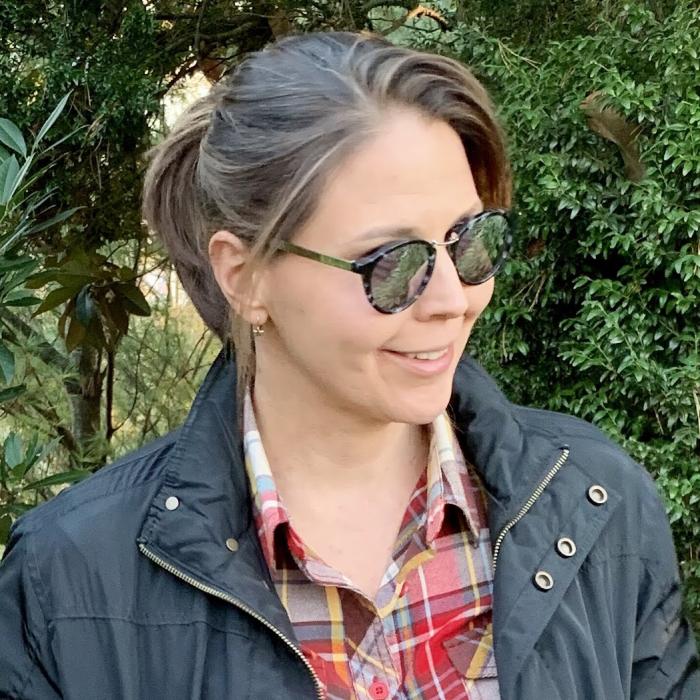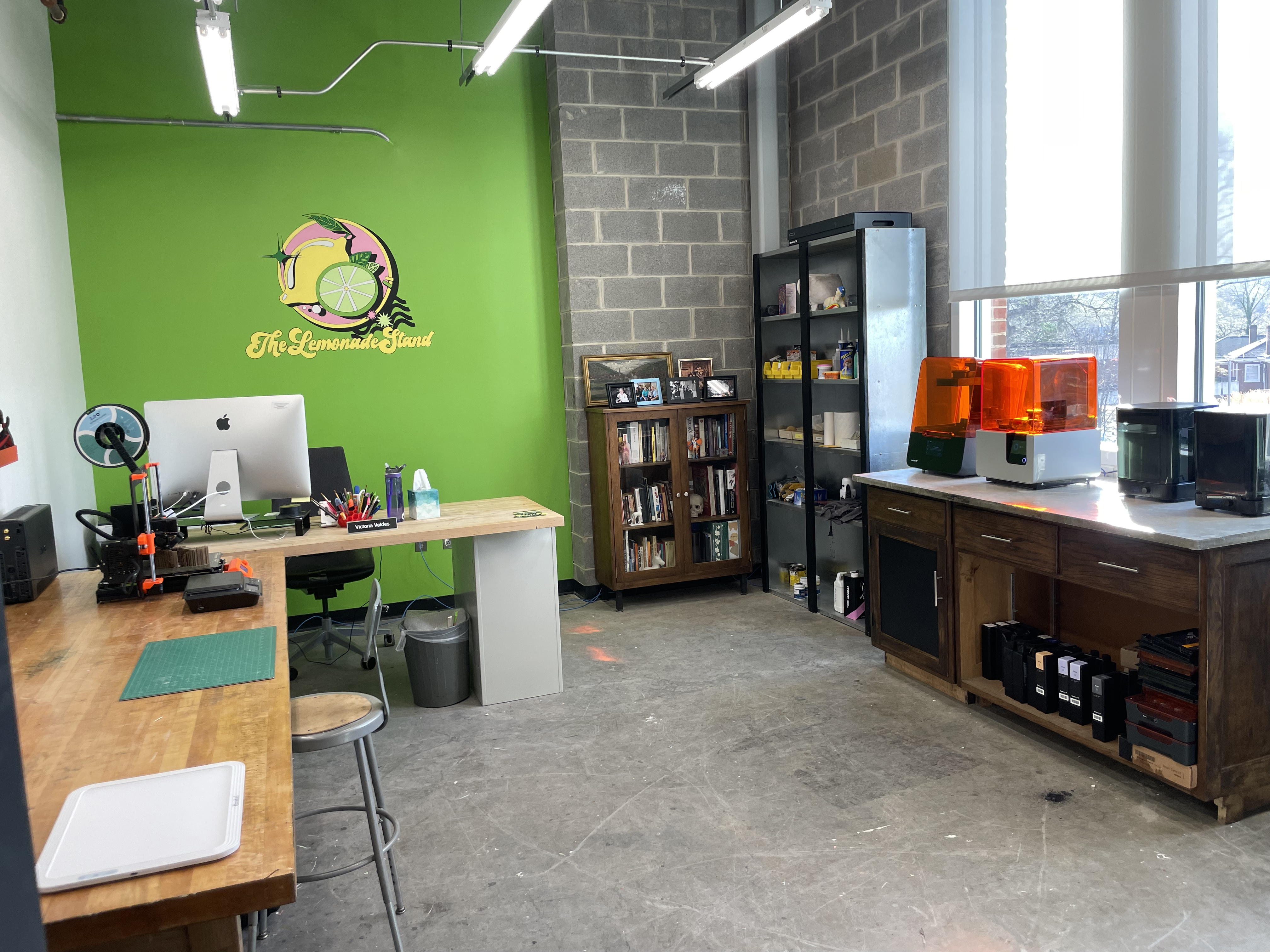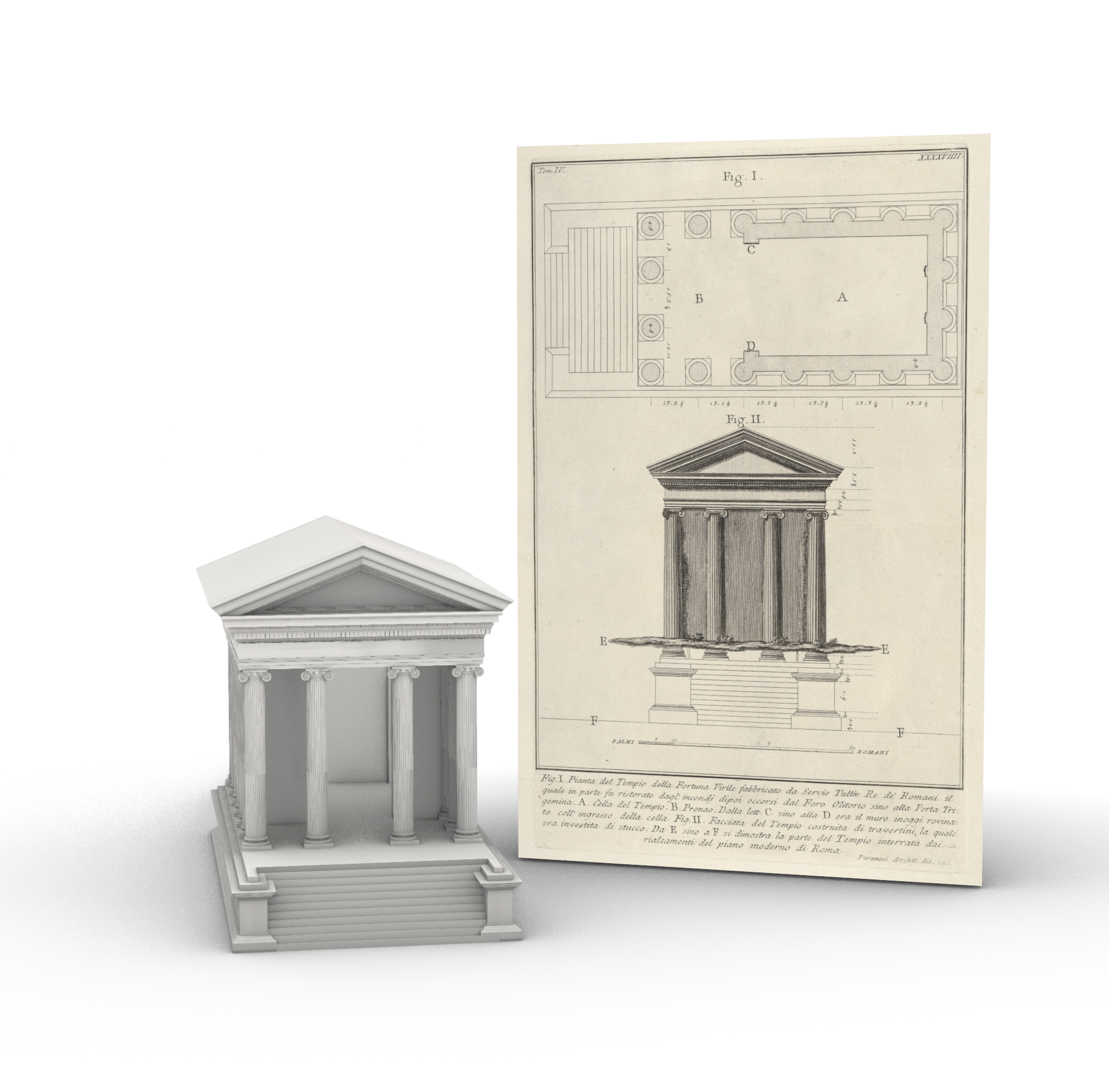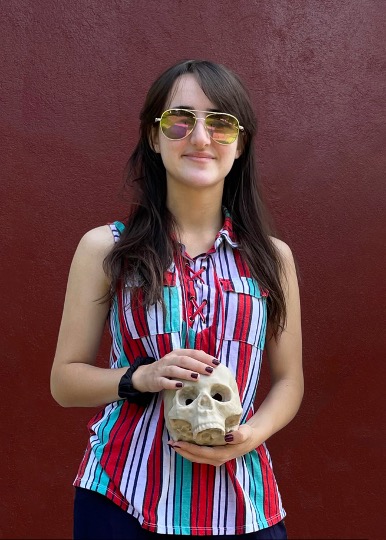3D Design Lab Helps UVA Students Turn Concepts Into Reality

Victoria Valdes is the manager of the 3D Design Lab at the University of Virginia Department of Art. She provides start-to-finish modeling services, hands-on workshops, teaching tool development and implementation, and frequently engages in interdisciplinary collaboration.
“Can we scan a family heirloom?” asked Alyce Yang, one of the 2023 fourth-year students preparing to put together her senior show. “That depends,” I answered. “Can you get it safely to Ruffin?”
This type of interaction is hardly atypical for the bustling 3D Design lab at the Department of Art in Ruffin Hall. It’s one of the more recent spaces developed to support a student body – and a faculty – that has become increasingly interested in combining the physical with the digital. Developing the lab has been my passion project since 2017 when I began learning to 3D model and concurrently expanded the digital services offered at the Art Department. The project began with a single software, the architecture-focused Rhino V, and a single printer and has grown from there.

The 3D Design lab isn’t a large space, but it’s big enough to comfortably house two standard Prusa 3D printers, which are constantly humming away, and two more complex Form resin printers along with their complementary washing and drying stations. On a busy day, all four printers will be in service, perhaps printing multiple objects, sometimes even continuing to print throughout the night. The objects that emerge are often quite extraordinary.
When most people think about 3D models, they picture a layered plastic piece, maybe a toy or a pencil holder, something that has a simple shape and obvious meaning. The objects being created, printed, cut, pieced, and sculpted at Ruffin defy that simple expectation. Some of them are representational: 2023 graduate Zhiwen Xu scanned and then sculpted a realistic miniature model of a human heart and, with my help, transformed it into a four-foot hanging centerpiece for her show as part of a multimedia mobile. Some of the models are much more abstract. Graduate Amelia Parizek, during her fourth year in 2022, created a scan of herself and modified it into a two-foot sculpture that took parts of her scanned body and altered them into long, attenuated forms wrapping around one another like an eldritch ballet dancer.

Architectural scale model of the Fortuna Virilis in Rome
It doesn’t take long for students to arrive at a high level of creativity. Some students have already been exposed to a simple level of 3D modeling by the time they’ve finished high school. Even if they haven’t, many of the sculpture and New Media classes schedule the 3D lab to host a hands-on and beginner-friendly workshop that introduces techniques like laser scanning and Photogrammetry and software like Blender. By the time a student completes their workshop sessions, they will have created their own original model, edited and modified it as they see fit, and printed a copy in the material of their choice. Many students return within the semester to receive one-on-one instruction for more complex 3D functions, and frequently students who complete the workshops go on to incorporate 3D modeling into their future work.
Alyce’s family heirlooms showed up a few weeks after her initial request, carefully wrapped in protective layers. We unpacked them together: two interlocking jade fish, symbols of good fortune, and one small and ferocious stone warrior. It took several days of painstaking laser scanning and photogrammetry to create a set of reproductions, ensuring that the printed fish interlocked just like the originals and that the carved warrior looked just as intimidating in copy. Alyce incorporated the pieces into her senior show, using the originals and their replicas in tender photo compositions with her parents. The final presentation interrogated the place of objects within a relationship, their position in preserving or distorting memory, and their value within an interrelated cultural and personal inheritance.
Every fall brings a new group of first-year students to the Art Department, excited to grow and hone their skills here at UVA. I look forward to introducing them to the potential that 3D modeling holds and to the almost limitless possibilities of what they can create.

- A Revolution in the Air: The Wright Brothers Take to the Sky on December 17, 1903
- Musings on National Violin Day
- Making the Promise Real: How a UN Tax Convention Can Fulfill the UNDHR’s Vision
- UVA Club of Atlanta: Virtual Pilates Class
- Virginia Club of New York: Annual Book Club Planning Meeting
- UVA Club of New Orleans: Hoo-liday Party